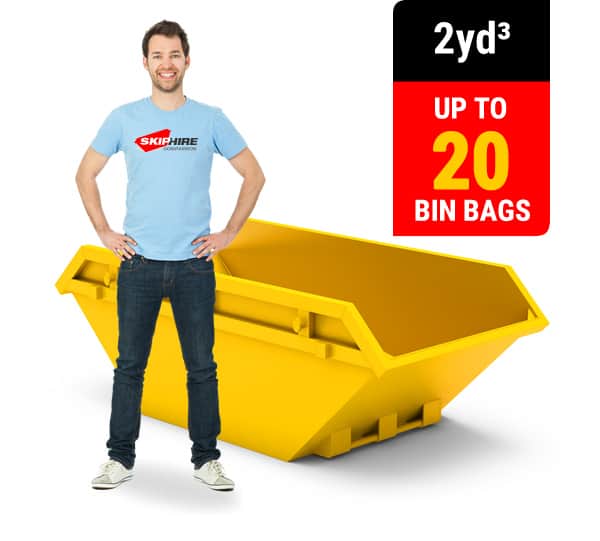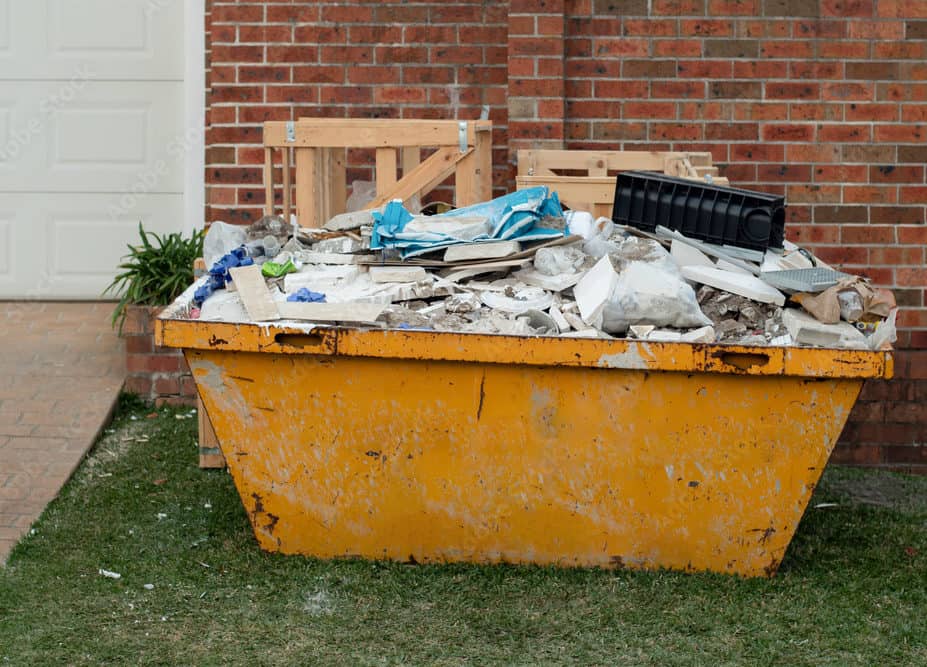Table of Contents
What is the smallest skip size?
Skip sizes play a crucial role in waste management, enabling efficient disposal of various materials. From construction sites to residential neighbourhoods, skips are a common sight. But what happens when you have a lesser amount of waste to dispose of? In such cases, it becomes essential to understand the concept of small skip sizes. This article explores the world of skip sizes and focuses on the smallest skip sizes available, their applications, and factors influencing skip size requirements.

Skip sizes refer to the different dimensions and capacities of containers used for waste disposal. They come in various sizes to cater to specific needs, ensuring optimal use of resources and cost-effectiveness. Skip sizes are widely utilized in industries such as construction, demolition, manufacturing, and residential waste management.
Understanding Skip Sizes
Skip sizes are typically measured in cubic yards or meters. The most commonly used skip sizes range from 2 cubic yards for mini skips to 40 cubic yards for large industrial skips. The choice of skip size depends on the volume and type of waste generated, as well as the constraints of the location.
Small Skip Sizes
Small skip sizes are generally considered to be those below 6 cubic yards or 4.6 cubic meters. These skips are ideal for situations where the waste generated is relatively moderate, such as small-scale renovations, garden clearance, or household spring cleaning. The dimensions of small skips are compact, allowing easy placement in narrow locations, such as driveways or limited access areas.
Factors Influencing Skip Size Requirements
Several factors influence the choice of skip size required for a specific task. These can include the amount and type of waste generated, accessibility and location constraints, environmental considerations, and cost implications.

Determining the volume and type of waste is crucial in selecting the correct skip size. Heavier materials, such as bricks or soil, require more space compared to lighter materials like green waste or general household rubbish. Additionally, considering any potential weight restrictions imposed by skip hire companies is important.
The accessibility and location of the site play a significant role, especially in urban environments. Limited space or restricted access may necessitate the use of smaller skip sizes, ensuring easy placement and removal without causing disruptions.
Environmental considerations, such as the segregation and recycling of waste, can impact skip size requirements. In some cases, separate skips for specific recyclable materials may be necessary, increasing the number of skips required.
Lastly, cost implications play a significant role in skip size selection. Larger skips have higher hire costs, and if the waste volume doesn’t require such capacity, opting for a smaller skip can be a more cost-effective solution.
Suitability of Different Skip Sizes for Specific Applications
The choice of skip size depends on the specific application it is used for. Let’s explore some common scenarios where different skip sizes are suitable:
- Construction and demolition projects: Larger skip sizes, such as 10 to 16 cubic yards, are commonly used for construction or demolition waste. These sizes can handle heavy debris, such as concrete, metals, and timber, efficiently.
- Residential waste disposal: Small skip sizes, like 4 cubic yards or mini skips, are suitable for residential waste disposal. These skips can accommodate typical household waste from small renovation projects or general decluttering.
- Industrial waste management: Industrial settings often generate a significant amount of waste. Skips ranging from 12 to 40 cubic yards are commonly used to handle the substantial volume of waste produced.
- Commercial and business waste: Skip sizes between 4 to 8 cubic yards are typically utilized for commercial waste, such as office clearances or small-scale renovation projects in business premises.
Limitations of Small Skip Sizes
While small skip sizes offer convenience and cost-effectiveness in certain scenarios, they do come with a few limitations. These include:
- Capacity limitations: Small skips have a limited capacity, making them unsuitable for large-scale projects or situations where a substantial amount of waste is generated.
- Frequency of emptying required: When using small skip sizes, the frequency of emptying and replacing them may increase, especially in scenarios where waste generation is continuous. This can impact the overall efficiency and cost-effectiveness.
- Cost-effectiveness compared to larger skips: While small skips are individually cheaper to hire, if the waste volume is higher, opting for a larger skip might be more cost-effective in the long run, as fewer skip exchanges may be required.
Choosing the Right Skip Size
To choose the right skip size, it is crucial to assess the estimated waste volume accurately. Understanding the type of waste generated, site constraints, and any legal requirements related to waste disposal will aid in making an informed decision. Consulting skip hire professionals can provide valuable insights and guidance.
Conclusion
Skip sizes are an integral part of waste disposal, ensuring efficient management and disposal of various materials. Small skip sizes have their advantages and limitations, making them suitable for specific applications. By considering the factors that influence skip size requirements and understanding the suitability of different skip sizes for various scenarios, individuals and businesses can optimize their waste management practices.
FAQs
- What is the smallest skip size available? The smallest skip size commonly available is 2 cubic yards, often known as a mini skip.
- Are small skip sizes cost-effective for domestic users? Yes, small skip sizes can be cost-effective for domestic users who have moderate waste disposal requirements.
- Can I mix different types of waste in a small skip? Yes, but it is essential to adhere to skip hire regulations and avoid mixing hazardous materials with general waste.
- What happens if my waste volume exceeds the capacity of the chosen skip size? In such cases, it is advisable to consult your skip hire company and discuss options for additional skips or adjust the skip size accordingly.
- Can small skip sizes be placed on the road or pavement? Placing skips on roads or pavements typically requires permits or licenses. Check with your local authorities or skip hire company for guidance on legal requirements.
